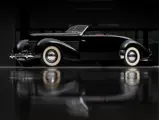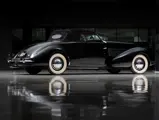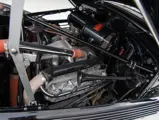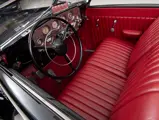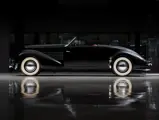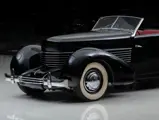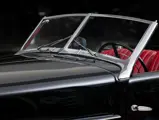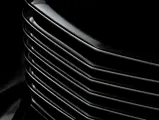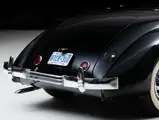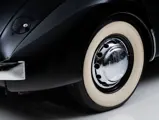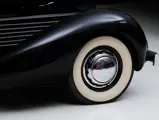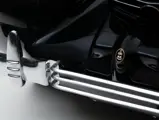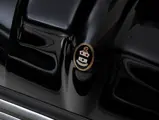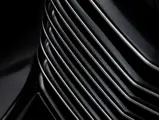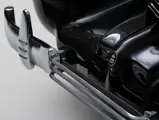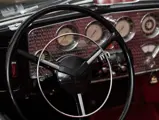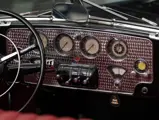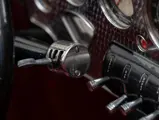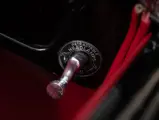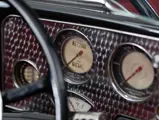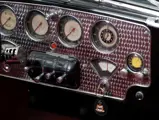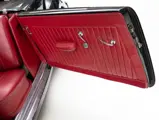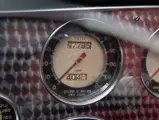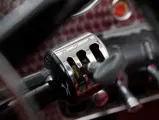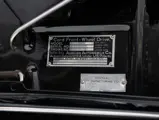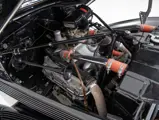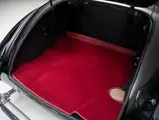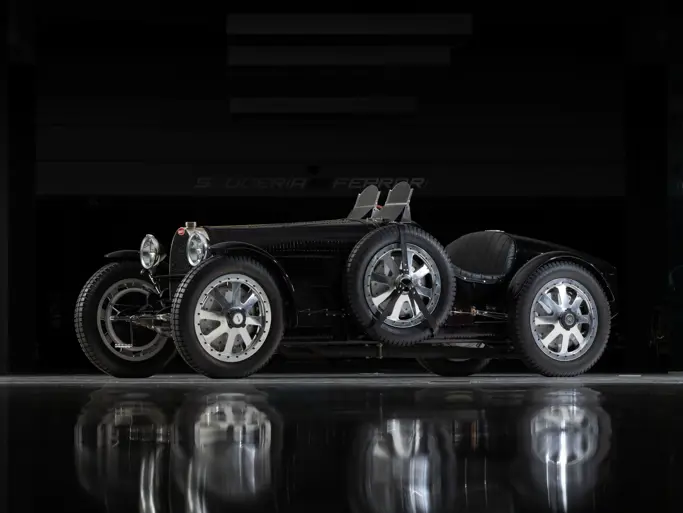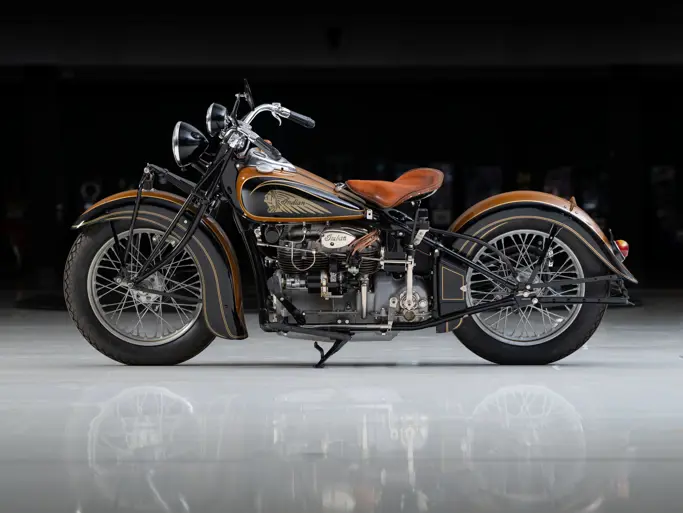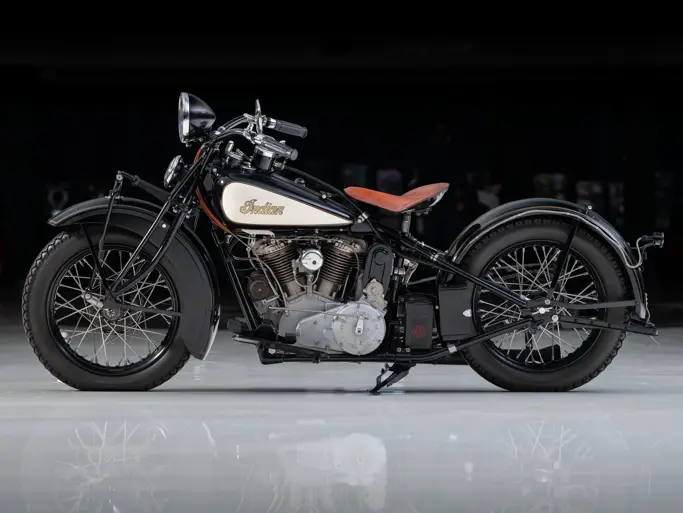Dare to Dream Collection
1936 Cord 810 Cabriolet
{{lr.item.text}}
$200,000 - $275,000 USD | Offered Without Reserve
 | Toronto, Ontario
| Toronto, Ontario
{{internetCurrentBid}}
{{internetTimeLeft}}

- Gordon M. Buehrig’s modern design masterpiece
- The very first Cord to be equipped with upgraded Bendix brakes
- Attractive older restoration in well-chosen colors; Auburn Cord Duesenberg (ACD) Club Certified Category 1 (C-433)
It is difficult to understate the stunning impact of “The New Cord” at its introduction at the 1935 New York Auto Show. The pride of Indiana’s Auburn Automobile Company, it was easily the most advanced American automobile introduced in decades, representing as few cars have a clear break and leap forward in design from top to bottom.
A V-8 engine propelled the front wheels, with shifts accomplished through a “key” on the steering column and actuated by pumping the clutch, was merely the tip of the iceberg. Bodywork was constructed in semi-unitary fashion, with the front “stub” frame, carrying the engine and transmission, bolted to a body structure built in unit with the frame. There were hidden door hinges, a one-piece hood that opened at the front, and an utter lack of the traditional grille, replaced instead by seven louvers that encircled the nose. Most prominently, there were hidden headlights, each raised and closed by means of a small hand crank at the edge of the dashboard.
Gordon M. Buehrig’s design would go on to be acclaimed by everyone from architectural historians to museum curators. Indeed, when the Museum of Modern Art hosted its groundbreaking exhibit of “Eight Automobiles” in 1951, a Cord sedan was among them, with the catalogue recognizing the tasteful audacity of its lines and noting that it “suggests the driving power of a fast fighter plane.” The late Cord historian Josh B. Malks preferred the comment of one onlooker, that a Cord looked “like a beautiful thing that had just been born and grew up on the highway.” And it is on the highway that a Cord is best experienced; properly sorted, it is a magnificently comfortable automobile that feels 30 years newer than its age. It is a car to make a believer out of the enthusiast who has never before ventured into the pre-war realm.
SERIAL NUMBER 810 2375 F
Cord’s convertible models added further innovation in being one of the first open production cars with a disappearing convertible top, hidden when closed under a flush-fitting tonneau behind the seat, which gave them an especially smooth and sleek appearance. As a fairly early 1936 model, the two-passenger Cabriolet offered here has several features unique to the 810, including the design of the glove boxes and a smooth, rather than ribbed, finish to the steering wheel. Serial number 810 2375 F, it was actually the very first Cord to be equipped with the upgraded, more efficient Bendix brake system, one of the numerous rolling upgrades made to these cars during their production, on 7 July 1936.
The car’s earliest known owner was C. Clarke Veneman of Charlotte, North Carolina, recorded by the ACD Club in March 1970. Subsequently it is believed to have relocated to Long Island, New York, where in 1984 it was acquired from its longtime owner, a retired postman, by John Horn of Ohio, next passing to John H. Miller of Murfreesboro, Tennessee, in the spring of 1988. Afterward it returned to the Midwest, and in early 2010 was acquired by Phil “Rock” Gumpert of Hamilton, Indiana.
Mr. Gumpert brought the car to the ACD Club National Reunion in August 2012, where it was Certified as a Category 1 Original Car—an important recognition for one of these cars, confirming that it retains all original parts correct to the model series. Indeed, the Cord retains its original chassis stub frame, correctly numbered as it should be (1,000 digits from the serial number), and bodywork, while the current engine is a correct replacement 810 unit. Acquired for and preserved within the Dare to Dream Collection in 2013, it remains very attractive in its livery of black with red leather and red canvas top, a classic combination for one of these cars.
Well-presented and highly attractive, this car is a wonderful piece of the modern, functional art that Gordon Buehrig created—a masterpiece of form and function, as worthy of admiring at rest as experiencing on the road. The new owner is urged to do both.

